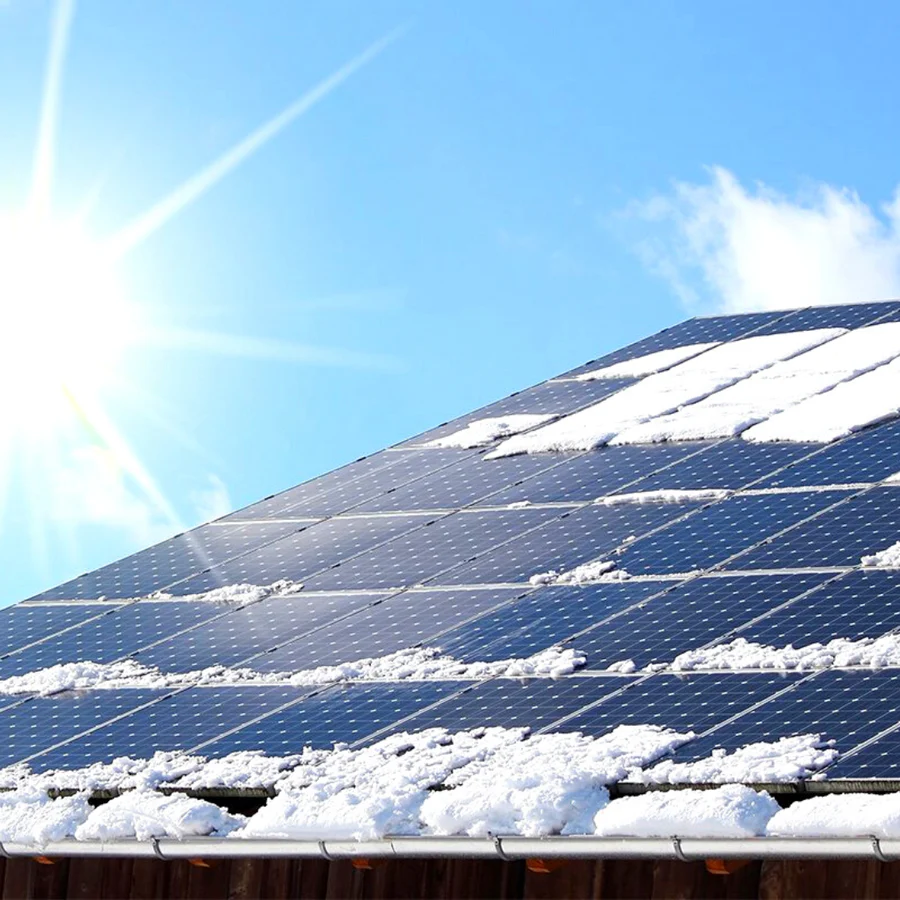
Ever since the first electric grids were established in the late 1800s, the power we consume at home is energy that is only a few seconds old, generated ‘on demand’ at power plants. With a shift toward renewable energy, however, that supply model is being challenged. As we welcome December, turn up the heat in our homes and look ahead to a new year, with new policies and shifting attitudes about the environment, creating renewable energy storage has never been more important.
Read on to learn more about why we need it, how hydrogen helps and where we at Nu:ionic fit in. Find more articles on nuionic.com and say hello at jan.boshoff@nuionic.com.
Cheers!
1. Why Do We Need Renewable Energy Storage?
Renewable electricity is generated on sunny days during daylight hours (as long as panels are not covered by snow), or during windy seasons when the wind blows, regardless of demand. Our grid is not configured to store any excess electricity, with the consequence that when renewable electricity supply outstrips demand, we have to “curtail” or basically throw away that energy. For example, for California’s Independent Supply Operator (CAISO) electrical grid system alone, almost 60,000 GWh of renewable electricity could not be utilized in February 2020 due to oversupply. In the Canadian Atlantic Region, electricity supply from wind is strongest during the windy Spring and Fall seasons, however these are also the seasons when mild climate results in the lowest demand for power.
In the cold weather months, demand outstrips supply from renewables and we have to burn more fossil fuels to meet our energy requirements. In order to overcome this, we need a way to store large amounts of electrical energy, for up to months or years at a time, to allow us to displace fossil-fuel power plants from our grid.
2. How Hydrogen Helps With Storage
You may know that lithium ion batteries are a way to store renewable electricity, however did you know that their cost will have to come down by 10-20 times before they could be helpful in allowing us to achieve large-scale generation of electricity with renewables? Hydrogen, a fuel that be converted into electricity by using a fuel cell, acting as a battery. When produced from excess renewable electricity, hydrogen can be stored either in pressurized gas tanks, or underground in geological storage caverns, at a fraction of the cost of large scale lithium batteries.
3. Where Does Nu:ionic Fit Into This?
We at Nu:ionic are developing a utility scale battery concept that allows the combination of natural gas with renewable electricity to store significant amounts of electricity for months at a time, at costs that are a fraction of the price of lithium ion batteries. What does this mean? An energy utility can now partner with natural gas pipeline companies to work together to significantly reduce the carbon footprint of electricity during peak demand seasons, by utilizing energy that was generated during excess supply periods.
By producing Nu:ionic’s low-carbon hydrogen, this unique approach to hydrogen energy storage addresses the low round-trip efficiencies typically associated with hydrogen energy storage.
Want to learn more about our utility scale storage solution? Get in touch!

